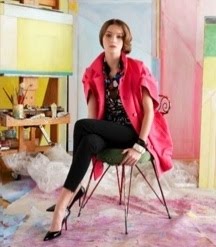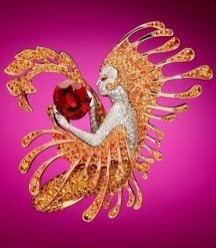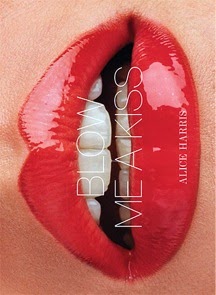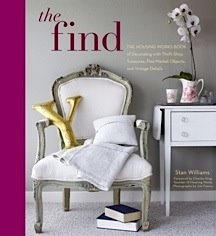 Fashion, by definition, is fleeting, but style endures–especially if the item in question is built to last. And while FA2L is most interested in the passions motivating creators and collectors, we do pay close attention to anything that influences shoppers and thus determines whether or not money changes hands. Fashion copy is full of code words (euphemisms, really), weighted to tip a consumer's mental scales in favor of buying. So cheap separates become better basics, ugly bridesmaids' dresses are labeled Special Occasion and overpriced-but-underwhelming designer goods are reborn as Investment Dressing.
Fashion, by definition, is fleeting, but style endures–especially if the item in question is built to last. And while FA2L is most interested in the passions motivating creators and collectors, we do pay close attention to anything that influences shoppers and thus determines whether or not money changes hands. Fashion copy is full of code words (euphemisms, really), weighted to tip a consumer's mental scales in favor of buying. So cheap separates become better basics, ugly bridesmaids' dresses are labeled Special Occasion and overpriced-but-underwhelming designer goods are reborn as Investment Dressing.This silly jargon would be funny if contemporary shoppers weren't so gullible. But as post-Industrial tastes shifted from quality to quantity, whole skill sets were lost, along with any context for choosing beautiful, handmade items over shiny gewgaws with shockingly brief shelf lives. As a result, true investment dressing, meaning a reliable wardrobe of distinctive, well-made clothes and accessories (which, by the way, we heartily endorse) was lost in the mass stampede.
Still, there's always hope. We particularly like Gucci's new arrangement with Christie's auction house, whereby collectors are encouraged to submit photographs of vintage pieces to online costume specialists who will do their best to provide accurate appraisals. Gucci plans to open a museum in Florence in 2011 (its 90th anniversary), so the experts at Christie's are looking for special items the company might want for its permanent collection. Meanwhile, there's a brand-wide focus on house icons, including updated versions of the bamboo-handled handbag and the Jackie shoulder bag (which, for Gucci aficionados, are true investment pieces). In tough economic times, it's that much more important to follow shopping's cardinal rule: you get what you pay for.
Photograph of vintage Gucci handbag courtesy of Gucci Collector: Presented by Christie's.
Photograph of vintage Gucci handbag courtesy of Gucci Collector: Presented by Christie's.




















.jpg)

.jpg)

.jpg)


.jpg)




.jpg)







